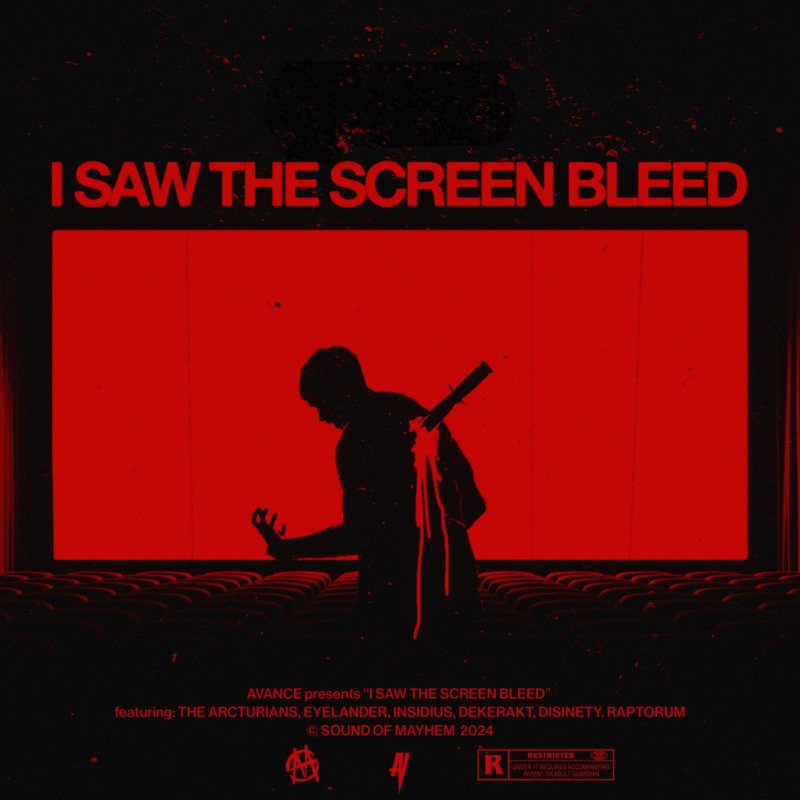For those from the outside looking in, anime can be weird. This is no surprise for anime fans; the strange and the fantastical are what keep them coming back for more. But some anime take the medium's typical strangeness to the next level. Some series outright play mind games with the viewer just to move the story along. Even longtime anime fans should be prepared to scratch their heads in confusion or have their minds blown from the sheer wildness of these five anime. Prepare for a mind trip.
Serial Experiments Lain
Serial Experiments Lain is the quintessential bizarre 90's anime that may or may not have predicted the advent of social media. The story revolves around the titular Lain Iwakura, a socially alienated middle school girl who explores "The Wired," a virtual world that holds the sum of all human communication via a network. Things take a turn for the sinister when Lain and other girls at her school receive an email from a dead classmate named Chisa Yomoda. The emails state that Chisa has not died but has left her physical body to become one with The Wired . According to Chisa, she has found "God."
Serial Experiments Lain is not just weird. It is unsettlingly unorthodox in its storytelling. This anime raises more questions than it has answers for, making the viewer come to their own conclusions while still offering a fair warning about an overdependence on technology. The artwork is mind-altering, complete with colors that feel closer to a fever dream than reality, as if the world of The Wired is seeping into our own.
Lain is the perfect lead for an anime as strange as this one, designed to seem lifeless and muted as she becomes less connected with reality, forcing the viewer to ask uncomfortable existential questions of their own. After watching Serial Experiments Lain, it might be wise to step away from the computer for a while and go outside.
Revolutionary Girl Utena
Kunihiko Ikuhara is the David Lynch of anime and is no stranger to making odd series filled with symbolism and mind-trickery. Revolutionary Girl Utena is no different, and it is safe to say that it is his magnum opus. The series follows Utena Tenjo, a middle school girl who, after meeting a dashing prince as a child and receiving a sigil ring from him, aspires to be a prince herself. She enrolls in the Ohtori Academy to find said prince and is eventually embroiled in affairs of the Student Council, where each member has the same ring as Utena. The Student Council participates in duels that allow them to gain the hand of the "Rose Bride," and things only get more complicated from there.
What was going through Ikuhara's mind when he was putting Revolutionary Girl Utena together? The director has a penchant for throwing in strange visuals, cryptic symbols and confusing visual cues that make viewers want to throw their hands in the air. But when viewers think they have figured everything out, Ikuhara throws more visual curveballs and strange symbolism to totally upset all expectations. It's as if Ikuhara is the ultimate anime troll, but at least he is an entertaining and inoffensive one. But the confusing mess is just so fascinating and pretty that one cannot help but push on to find out what happens next.
Paranoia Agent
It's a tragedy that Satoshi Kon passed away, as his mind was one of the brightest in anime. It was also one of the darkest, with such psychological thrill rides as Perfect Blue and Paprika and who knows what else he could have come up with if he was still with us. But the best of his work that delves into the mind is also his only television series: Paranoia Agent. Paranoia Agent is all about the lives of various Tokyo citizens who come into contact with a child-like apparition named Shonen Bat, who whacks them on the head.
Kon has a way of throwing social commentary into everything he makes, and he does it all without being preachy. Paranoia Agent is about psychological repression and the inevitable paranoia that comes from it. Kon holds up a mirror to society and tells the viewer that the modern world's unhealthy way of life is what creates something like Shonen Bat.
The story is told in vignettes, with each episode probing into the lives of a different victim of Shonen Bat and the subsequent repression they deal with. The only things tying everything together are the detectives put on the Shonen Bat case, Ikari and Maniwa, who, pretty soon, become wrapped up in the paranoia. In Satoshi Kon's world, nobody is safe from madness, and from a series like this, expect some trippy visuals.
Devilman Crybaby
Speaking of trippy, the 2018 Netflix original anime series Devilman Crybaby throws everything it has at the viewer, with all the weirdness, mayhem and unpleasantness it can muster. That's not to say that the series is terrible -- it's one of the best of 2018 -- but it is not for the faint of heart. Devilman Crybaby is based on the classic Go Nagai manga of the same name and revolves around Akira Fudo and his friend Ryo Asuka. They fight demons that want to destroy humanity. But, to do this, Ryo comes up with the idea that Akira must fuse with a demon to gain its powers. Thus Akira becomes the titular Devilman, obtaining the powers of a demon but keeping the soul of a human.
Devilman Crybaby looks nothing like most modern anime and feels more like an acid trip. Character designs are gangly and sometimes even disfigured in detail, especially during battles and where the demons are concerned. It is no surprise that one of the themes of this anime is drug use, because the viewer will feel like they are on them while watching it. Devilman Crybaby is a nihilistic, rip-roaring ride that is an assault to the senses and absurd beyond all belief. Trippy doesn't even begin to describe it.
The Flowers of Evil
Based on the manga of the same name, The Flowers of Evil left a lasting impression on those who saw it. Following the life of Takao Kasuga, a shy, bookworm middle school student, the viewer watches his life spiral out of control when he impulsively steals the gym clothes of Nanako Saeki, a girl he has a crush on. A girl named Sawa Nakamura sees him and blackmails Takao into a "contract."
The Flowers of Evil feels like a creeping nightmare. Everything from its slow-burning, disturbing music to its unusual rotoscope animation exudes a sense of uneasy weirdness. The whole production feels like the walls are closing around the protagonists, and the tension gets tighter and tighter as the story goes on, messing with the mind. The visuals and music are a weird yet perfect allegory for the effects of bullying, mental disease, assault and the general depression and madness that ensues when such toxic behavior is not put in check. The Flowers of Evil is a bonafide masterpiece, but its strange aesthetic style and dark themes might be too much for some. It gets in the viewer's head and stays there.
About The Author

